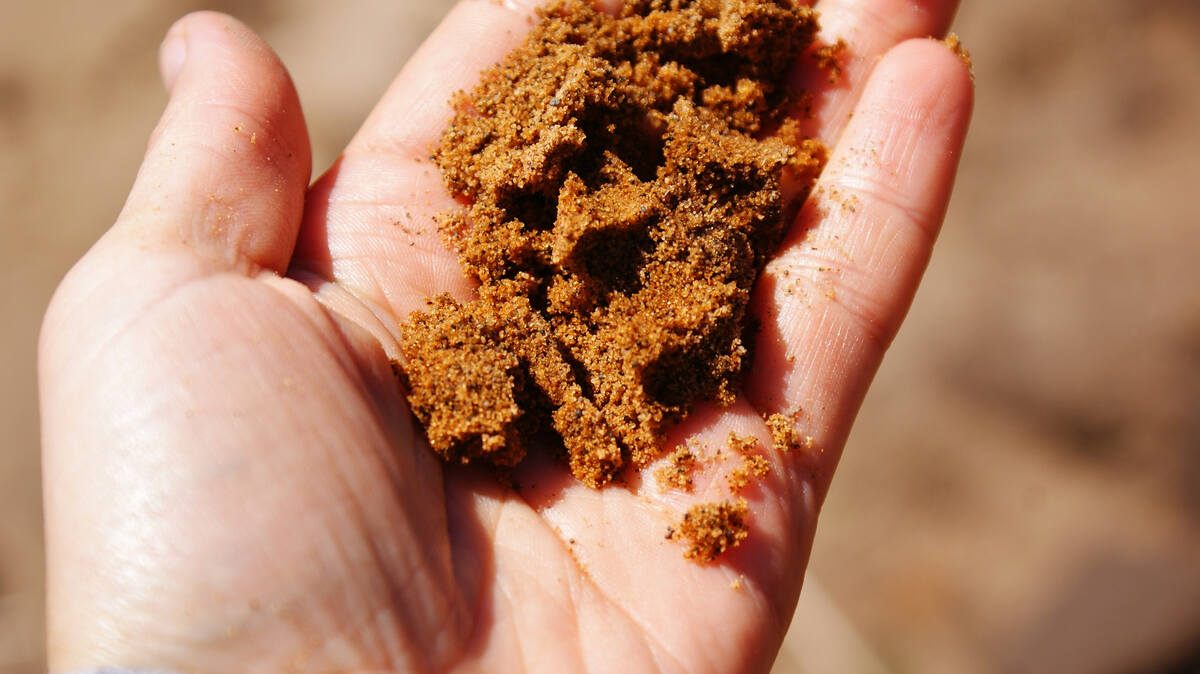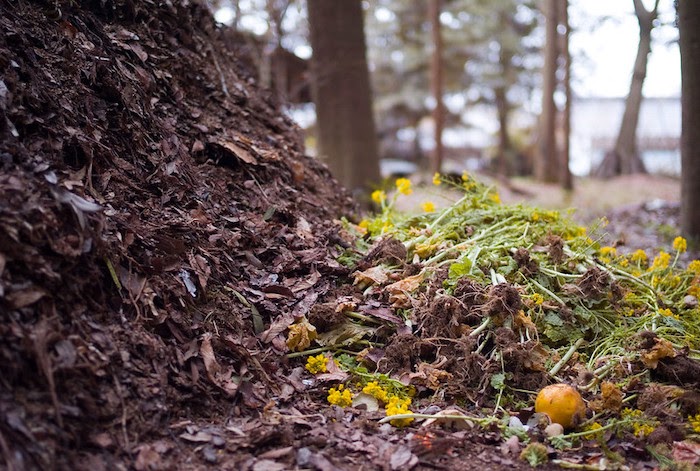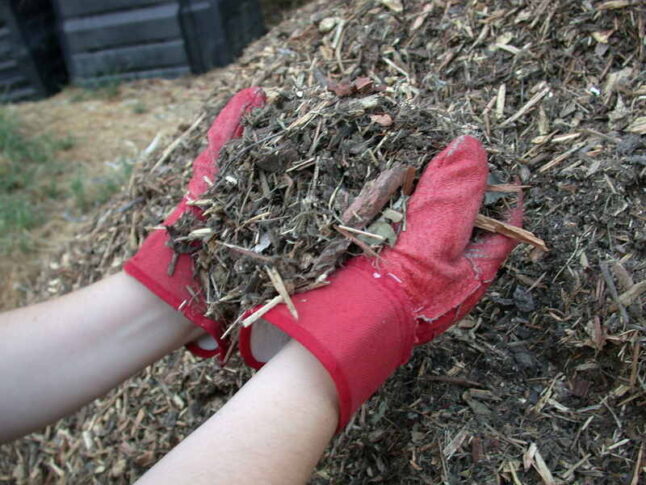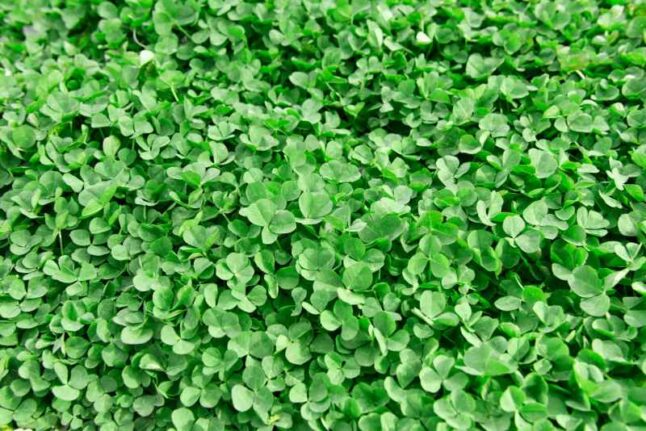
If you live where you have dry, poor, sandy soil, it can be challenging to get a beautiful-looking lawn. Fortunately, getting your land in good shape shouldn’t be too painful if you know how to amend sandy soil and what soil conditioners to use.
Once you’ve improved your sandy soil you’ll realize that these soils can be very productive, growing prolific vegetables and robust trees, shrubs, and flowers — and even grass. Discover more about sandy soils and how to make the most of them in your lawn.
Why Improve Sandy Soil
What is sandy soil, and why is it such a nuisance for homeowners? Well, the soil is the foundation for any plant, providing both moisture and nutrients vital for healthy growth. When soil can’t fulfill its main functions, plant development is compromised. Sandy soil comes with three main problems you need to address:
- Dryness: Soil particles in sandy soils are relatively large and coarse, with an abundance of air pockets between them. This causes water to be drained promptly, so the soil cannot provide the consistent moisture retention most grass types need.
- Poor nutrient retention: Similarly, this kind of soil lacks the ability to hold onto nutrients and has very few nutrients of its own. So fertilizing is a fruitless effort. This causes nutrient deficiency symptoms like stunting, yellow leaves, sparse flowering, or poor fruit production.
- Lack of microorganisms: Healthy soils are filled with billions of tiny, microscopic cute little organisms that help plants by cycling nutrients and suppressing plant diseases. However, sandy soils lack the presence of such organisms, and therefore, grass growth is impaired.
But sandy soil is not all bad. Its loose texture allows plant roots to develop easily, so root vegetables like radishes, carrots, and beets thrive in gardens with more sand than clay. Compared with other types of soil, sandy ground is also less prone to compaction and is very easy to work with.
How to Amend Sandy Soil
Here is the good news: There’s an easy and inexpensive solution to correcting sandy soils — organic matter! Adding organic matter as a soil amendment will:
- Increase the soil’s ability to hold water and nutrients
- Create the perfect habitat for the essential microorganisms that live in healthy soil (which are lacking in sandy soil)
- Reduce the need for fertilizers: The humic acid in organic matter liberates nutrients in the soil while the humus surface stores them for plant use.
Some of the best types of organic matter to improve your sandy soil are compost, manure, humus, wood chips, grass clippings, and dry leaves. They change soil structure and break down in the ground, releasing nutrients.
How often should you add organic matter to sandy soil? Apply at least 2 inches of organic matter yearly to keep your sandy soil in good shape. Consider more applications if you live in a hot and humid climate where organic matter decomposes quickly.
Here are the best practices for using organic material to amend your sandy soil.
Topdressing with Compost

This process consists of spreading compost – decomposed organic waste – on top of your grass. Topdressing helps sandy soils by:
- Enhancing soil structure: Topdressing with organic matter or compost helps balance out the amount of air space in sandy soil, which improves its water-holding capacity and nutrient retention.
- Improving fertility: Compost can provide essential nutrients and minerals that the soil lacks, improving fertility and helping plant growth.
- Increasing microbial activity: The organic matter will provide food for soil microbes, which can break down the material and release nutrients into the soil, thereby enhancing soil microbial activity.
- Reducing soil erosion: The topdressing layer protects the soil surface from wind and water erosion, which sandy areas are especially prone to.
Topdressing is a simple process. Here’s how to topdress your lawn:
Step 1: Check the soil pH. If it’s outside the ideal range for your grass, apply the necessary soil amendments.
Step 2: Mow the grass at the minimum height recommended for your grass type.
Step 3: Dethatch the lawn using a power rake or a dethatching machine. Dethatching is deep lawn raking that pulls off the layer of organic debris and dead grass (thatch) formed between the soil surface and growing grass. This helps topdressing materials have better contact with the soil.
Step 4: Aerate the lawn with a core aerator. Core aeration cuts out soil plugs, making tiny holes that allow soil amendments to get deeper into the ground.
Step 5: Clean up debris such as grass clippings or soil plugs from the dethatching or aerating process.
Step 6: Spread the organic material onto the lawn using a shovel. Water or rake it in so it evenly penetrates the soil.
Mixing in Biochar
What is biochar? Biochar, or “carbon gold,” is a charcoal-like substance made by burning forestry and agricultural waste. It’s dark-colored, fine-grained, and highly porous, and added to sandy soils, it helps by:
- Increasing water retention.
- Creating habitats for beneficial microorganisms.
- Improving soil’s ability to hold nutrients.
How can biochar be used to amend sandy soils? Basically, you mix it with compost and sprinkle it as topdressing on your lawn or around veggies. When installing a new lawn or preparing garden beds, mix it in the top few inches of dirt.
Mulching

Mulch is a layer of any material applied to the ground surface. It can be inorganic (gravel, river rocks, rubber) or organic (wood chips, grass clippings, seaweed).
To improve sandy soil, you need organic mulch. It offers all the benefits inorganic mulch does:
- Protects from erosion and runoff
- Keeps moisture in the ground
- Moderates soil temperature
- Stops weeds from growing
But also comes with unique advantages your sandy soil needs:
- Improves the soil’s organic content while slowly decomposing.
- Boosts soil fertility by adding macro and micronutrients.
How much mulch do you need? Apply mulch about 3 to 4 inches thick. Combine different types of organic mulch in layers (like a lasagna) for a more balanced mix of nutrients.
Mulching has a lower impact than topdressing with compost or tilling in biochar but is also less invasive. It’s an excellent option for areas that have already been planted.
Pro tip: Use grass clippings as mulch as a way to avoid waste! Besides, fresh grass clippings contain high levels of nitrogen, which acts as a fertilizer for the soil.
Growing Cover Crops

Cover crops — also called green manure — are plants grown outside of season as a way to protect the soil from erosion and improve its structure. They also fix nitrogen in the soil, adding nutrients that can be used by other plants. Homeowners can plant them during fall so they can be incorporated during spring.
Some plants that can be used as cover crops are:
- Ryegrass
- Annual rye
- Oats
- Clover
- Legumes (a vegetable garden will nourish you and your soil!)
A fast option for growing plants that don’t like the sandy soil in your yard is to build raised beds and fill them with the right type of dirt.
How to Test for Sandy Soil
Here’s how you know you have sandy soil:
- Wet a handful of your soil until it begins to stick together.
- Roll it into a ball of approximately 3 cm.
- Put the ball down: If it falls apart, it’s sand. Sandy soils are too dry to hold the shape.
You also can send a soil sample to the nearest Cooperative Extension Office for testing. Basic soil tests are affordable and give useful information about soil structure, pH, and nutrient levels.
Watering Techniques for Grass and Plants in Sandy Soil
Water evaporation and fast drainage are major problems when dealing with sandy soils. At the same time, an adequate water amount must be present for the microbes in the organic matter to work faster.
Here’s how to water sandy soil to ensure proper moisture at the root level:
- Water very sandy soil with about 1/3 of an inch each session, three times per week.
- If your soil is sandy to loamy, water ½ of an inch twice weekly.
FAQ About Amending Sandy Soil
What Are the Characteristics of Sandy Soil?
Sandy soils are known to be:
● Dry: Sandy soils have a coarse texture and gritty feel in your hand due to their large particle size and low water retention capacity.
● Warm: Sandy soils absorb heat very quickly, so during spring and summer, they’ll warm up easily.
● Light: Clay and loam soils are heavier than sandy soils. In sandy soils, the sand proportion is greater than the clay in the soil, making the soil lightweight.
Can You Add Clay to Sandy Soil?
Adding clay to sandy soil is not a good idea. If the wrong proportion of clay soil is used, you’ll end up with concrete-like soil rather than a healthy, rich loam.
What Kind of Amendments Can I Use on Sandy Soil?
There are plenty of amendments that work well to transform sandy soil into a loamy paradise:
- Compost, or, in other words, decomposed organic material, improves soil texture and adds valuable nutrients. You can either purchase it from your local nursery or make compost yourself.
- Composted manure, which is animal waste, is effective in nourishing the soil.
- Cover crops help hold nutrients while reducing soil erosion and topsoil loss.
- Other organic matter, such as leaf mold, sphagnum peat moss, and coconut coir, can also be used to enrich almost any poor soil, including sandy soil.
- Vermiculite is an absorbent mineral often used to improve water retention in sandy soils.
Get Your Plants Thriving in Sandy Soil
Sandy soils are a simple problem to solve. Adding organic matter is an easy way to enrich your garden soil and work towards a beautiful lawn. Hopefully, after reading this article, you can take the necessary steps to improve your garden’s soil.
If you need help amending your sandy soil or keeping the lawn healthy, lush, and neat, LawnStarter can connect you with a trusted lawn care pro in the blink of an eye! Hire a professional for the time-consuming lawn care, and enjoy the green grass without a sweat!
Main Photo Credit: Shutterstock